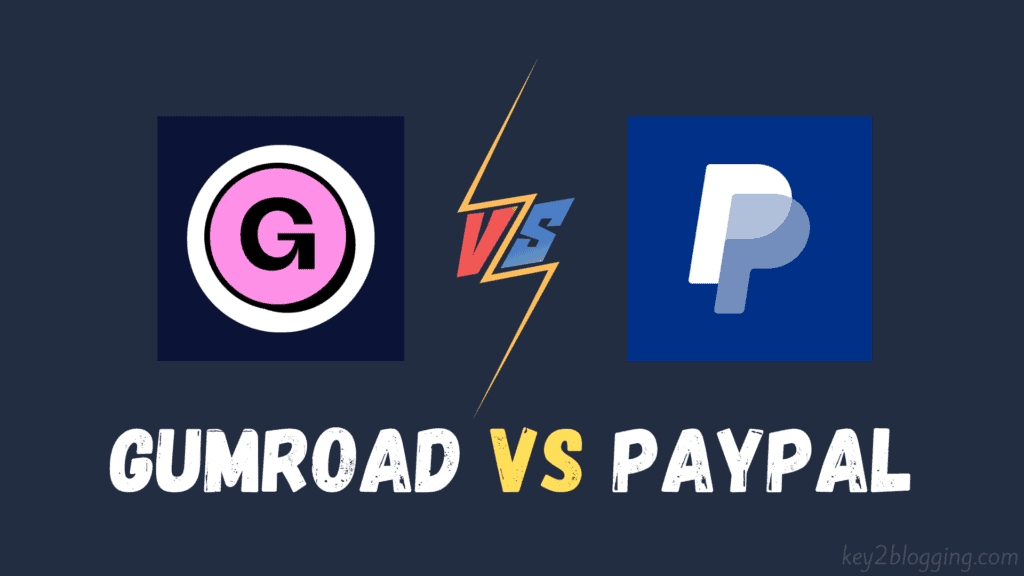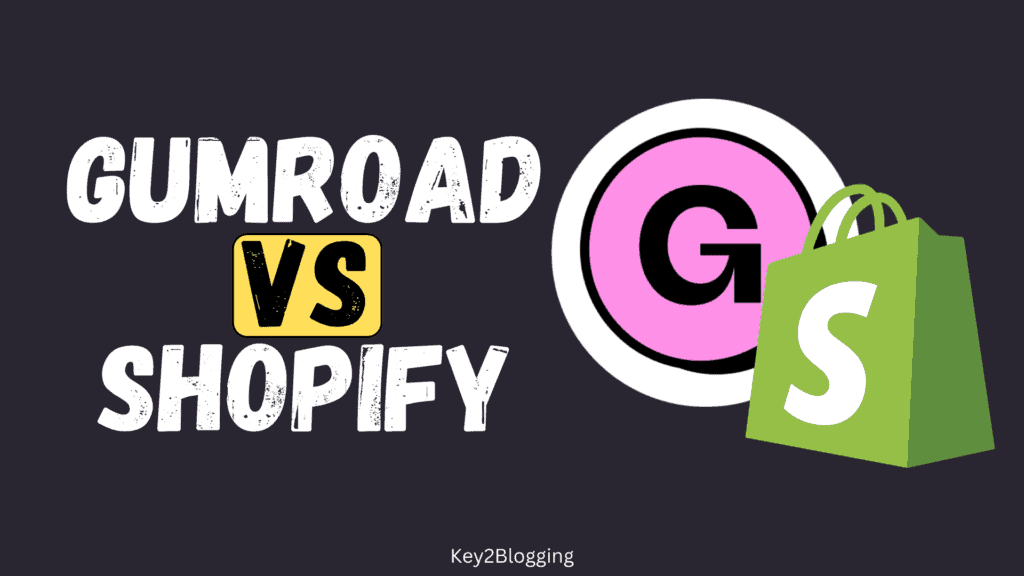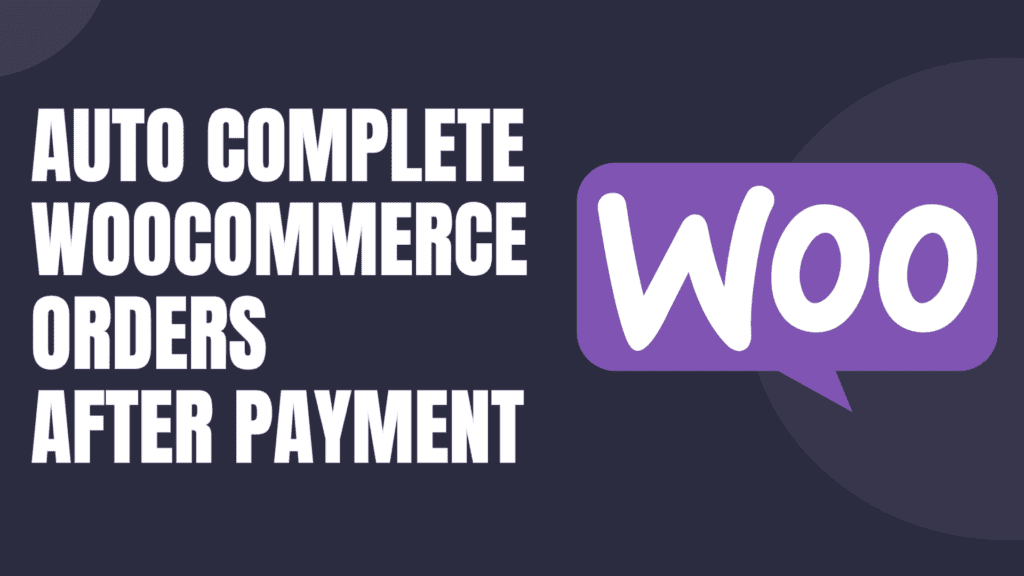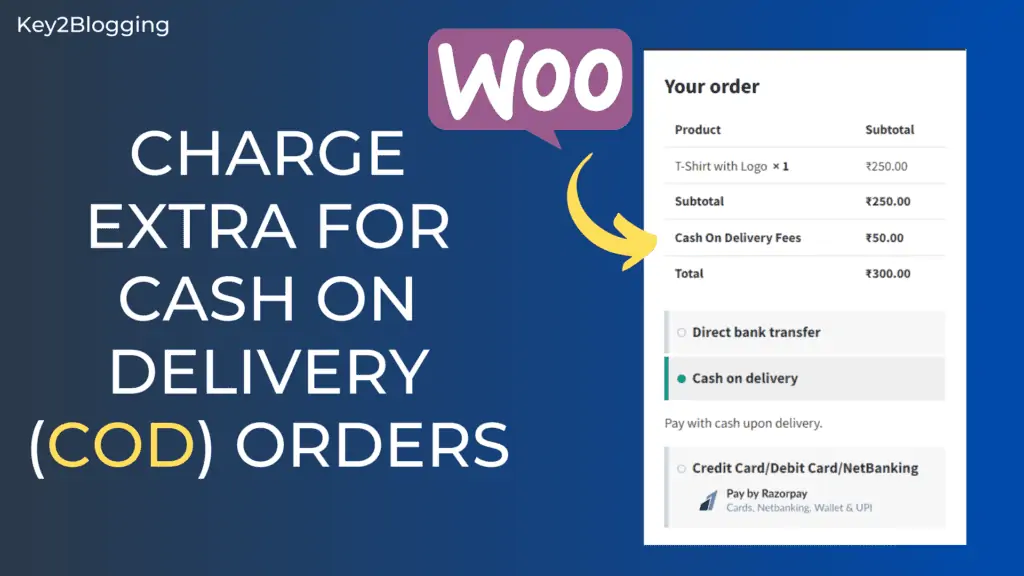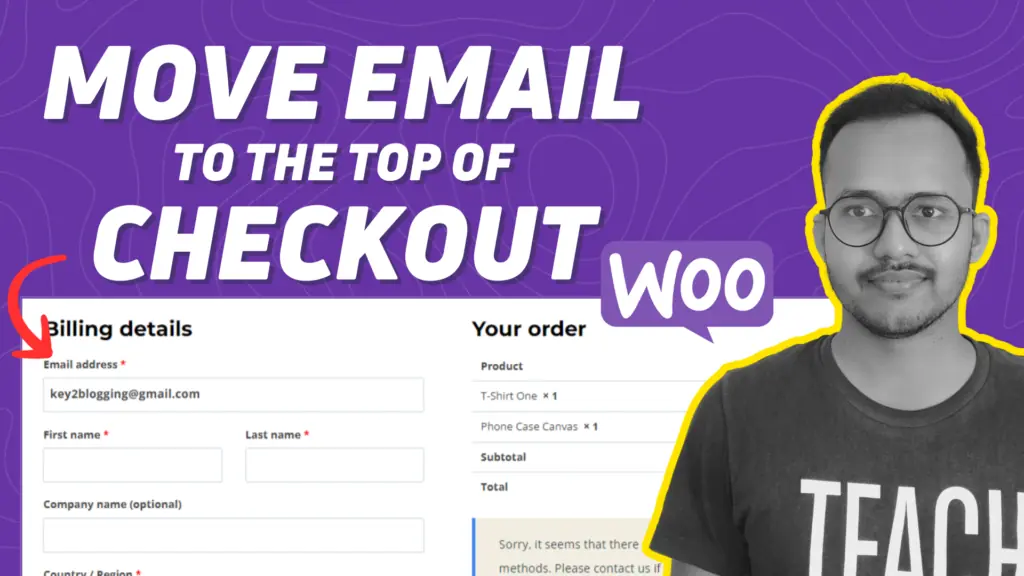What is Dropshipping & How To Start Dropshipping on Shopify?
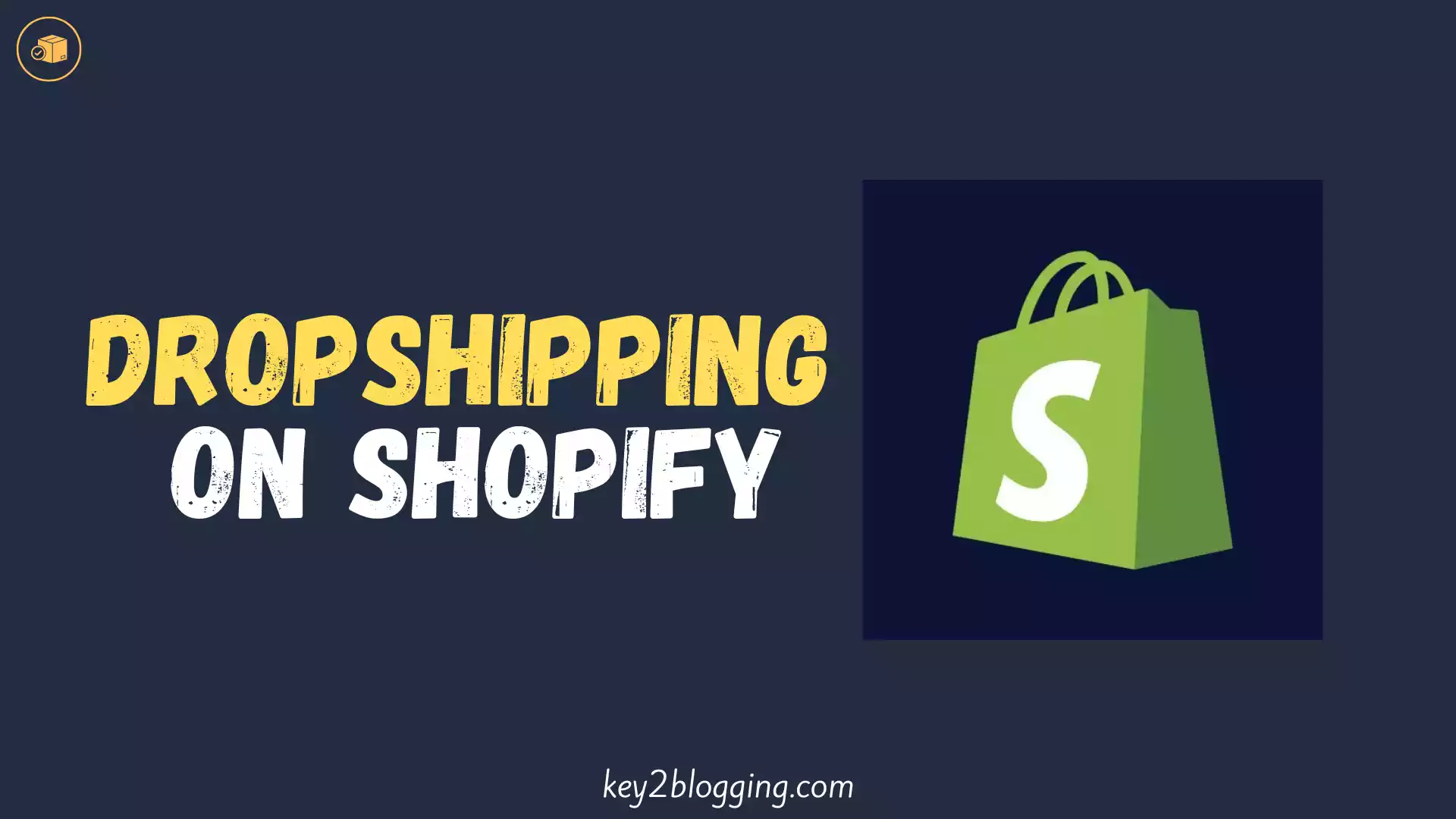
Dropshipping is a retail fulfillment method where a store doesn’t keep the products it sells in stock. Instead, when a store sells a product, it purchases the item from a third party and has it shipped directly to the customer. As a result, the merchant never sees or handles the product.
The biggest advantage of dropshipping is that it allows store owners to sell a wide variety of products without having to invest in inventory. This means lower upfront costs and less risk for the store owner. Additionally, because the store owner doesn’t have to worry about managing inventory or fulfilling orders, they can focus on other aspects of their business, such as marketing and customer service.
How can you start dropshipping on Shopify?
You can start dropshipping on Shopify by following the below steps:
1. Choose a niche
Choosing a niche is an important step in starting a dropshipping business because it determines the focus and direction of your store. A niche is a specific category of products that you’ll be selling, and it’s important to choose a niche that you’re interested in and that has a good potential for profit.
Here are a few tips for choosing a niche:
Choose a niche that you’re passionate about: If you’re interested in a particular topic or product category, it’s likely that you’ll be more motivated to work on your business and put in the effort required to succeed.
Research the market: Before choosing a niche, it’s important to research the market to see if there is demand for the products you’re considering selling. You can do this by using tools like Google Trends or by checking out popular e-commerce platforms like Amazon to see which products are selling well.
Consider the competition: While competition can be a good sign that there is demand for a particular niche, it’s important to also consider if there is room in the market for your business. If there are already a large number of well-established competitors in the niche, it may be difficult to differentiate your business and attract customers.
Consider profitability: It’s important to choose a niche that has the potential for profitability. This means that the products you’re considering selling should have a good profit margin and that the demand for the products is strong enough to support your business.
By following these tips and doing thorough research, you can choose a niche that is both interesting and profitable for your dropshipping business.
2. Find a supplier:
Once you’ve chosen a niche for your dropshipping business, the next step is to find a supplier. A supplier is a company that manufactures or distributes the products you’ll be selling. There are a few different ways to find a supplier:
- Search online marketplaces: Websites like Alibaba and eBay offer a wide variety of wholesale products and are a good place to start your search for a supplier. You can use the search function to find suppliers that offer the types of products you’re interested in selling.
- Use a dropshipping supplier directory: There are several online directories, such as SaleHoo, that list supplier that offers dropshipping services. These directories can be a good resource for finding suppliers, but it’s important to do your own research to verify the credibility and reliability of the suppliers listed.
- Contact manufacturers directly: If you have a specific product in mind, you can try contacting the manufacturer directly to ask if they offer drop shipping. This can be a good option if you’re looking for a specific type of product or if you want to build a relationship with the manufacturer.
When choosing a supplier, it’s important to consider a few factors:
- Product quality: Make sure that the supplier’s products are of good quality and meet your standards. It’s also a good idea to read reviews or ask for samples to get an idea of the product’s quality.
- Pricing: Consider the supplier’s pricing and make sure it’s competitive. It’s also a good idea to compare prices with other suppliers to ensure you’re getting the best deal.
- Shipping times: Consider the supplier’s shipping times and make sure they’re able to deliver products to your customers in a timely manner.
- Customer service: Look for a supplier that has good customer service and is willing to work with you to resolve any issues that may arise.
By taking the time to research and choose a reliable supplier, you can ensure that your dropshipping business is able to offer high-quality products and provide good customer service.
3. Choose a platform
Once you’ve found a supplier for your dropshipping business, the next step is to choose a platform for your store. A platform is a software or service that you’ll use to build and manage your online store. There are a few different options available, but some of the most popular platforms for dropshipping are:
- Shopify: Shopify is a popular e-commerce platform that is specifically designed for small and medium-sized businesses. It offers a wide range of features and tools, including a customizable online store, a payment gateway, and integrations with popular shipping carriers.
- WooCommerce: WooCommerce is an open-source e-commerce plugin for WordPress that allows you to build an online store on your own website. It offers a wide range of features and is highly customizable, but it does require some technical knowledge to set up and manage.
- BigCommerce: BigCommerce is a cloud-based e-commerce platform that offers a wide range of features and tools, including a customizable online store, a payment gateway, and integrations with popular shipping carriers.
When choosing a platform, it’s important to consider a few factors:
- Ease of use: Look for a platform that is easy to use and that offers a user-friendly interface. This will make it easier for you to set up and manage your store.
- Features: Consider the features that are offered by the platform and make sure they meet your needs. This can include things like payment gateways, integrations with shipping carriers, and marketing tools.
- Cost: Compare the costs of different platforms to ensure that you’re getting a good deal. Some platforms charge a monthly fee, while others charge a percentage of each sale.
- Customer support: Look for a platform that offers good customer support and has a reputation for being reliable and responsive.
By choosing a platform that meets your needs and has a good reputation, you can ensure that your dropshipping business has a solid foundation to build upon.
4. Set up your store on Shopify
After you’ve chosen a platform for your dropshipping business, the next step is to set up your store. This involves a few different tasks, including choosing a domain name, designing your store, and adding your products. Here’s a step-by-step guide to setting up your store on Shopify:
- Sign up for a Shopify account: Go to shopify.com and click on the “Sign Up” button to create a new account. You’ll need to provide your email address and create a password.
- Choose a plan: Shopify offers a few different pricing plans to choose from. Select the plan that best fits your needs and budget.
- Choose a domain name: A domain name is the address of your online store. You can either use a domain that you already own or purchase a new one through Shopify.
- Set up your store: Shopify has a number of tools and resources to help you set up your store, including customizable themes, a payment gateway, and integrations with shipping carriers. Follow the prompts to set up your store and add your products.
- Customize your store: Once you’ve added your products, you can customize your store by adding images, text, and other elements to your website. Shopify offers a variety of customization options to help you make your store look professional and appealing to customers.
- Test your store: Before you start marketing your store, it’s important to make sure everything is working properly. Test your payment gateway, shipping options, and other features to ensure that your store is fully functional.
By following these steps and using the resources and tools provided by Shopify, you can set up your dropshipping store quickly and easily.
5. Start marketing
Once your dropshipping store is set up and you have products to sell, the next step is to start marketing your business. Marketing is the process of promoting your store and attracting customers, and it’s an important part of running a successful e-commerce business. There are a few different tactics you can use to market your dropshipping store, including:
- Social media marketing: Use social media platforms like Facebook, Instagram, and Pinterest to promote your store and engage with potential customers. You can use paid advertising or organic content to reach a wider audience.
- Content marketing: Create valuable and informative content, such as blog posts, articles, and videos, to attract potential customers to your store. You can use SEO (search engine optimization) tactics to increase the visibility of your content in search results. You can check out various content marketing tools to get started.
- Email marketing: Build an email list of subscribers and send them newsletters, promotional emails, and other types of content to keep them engaged and informed about your store.
- Paid advertising: Use paid advertising platforms like Google AdWords, Facebook Ads, and Instagram Ads to target specific audiences and drive traffic to your store.
- Influencer marketing: Partner with influencers in your niche to promote your products and reach a wider audience. Influencers can help to increase the credibility and trustworthiness of your store.
By using a variety of marketing tactics, you can reach a larger audience and increase the visibility of your dropshipping store. It’s important to test different tactics and find what works best for your business.
6. Process orders
As orders come in for your dropshipping store, you’ll need to process them through your supplier. Processing orders involves placing the order with the supplier and providing them with the customer’s shipping information. The supplier will then ship the product directly to the customer.
Here are the steps you’ll need to follow to process orders:
Check inventory: Before placing an order with your supplier, make sure that the product is in stock. If the product is out of stock, you’ll need to either refund the order or offer a similar product.
Place the order: Once you’ve confirmed that the product is in stock, place the order with your supplier using their ordering system or by contacting them directly. Make sure to provide the supplier with the customer’s shipping information, including their name, address, and phone number.
Confirm the order: After you’ve placed the order, confirm with the supplier that the order has been received and is being processed.
Track the order: Keep track of the status of the order and communicate with the customer to let them know when the product will be shipped. You can use a tracking number provided by the supplier to update the customer on the status of their order.
Resolve any issues: If there are any issues with the order, such as a delay or a problem with the product, work with the supplier to resolve the issue and keep the customer informed.
By following these steps and maintaining good communication with your supplier and your customers, you can ensure that orders are processed smoothly and efficiently.
When running a dropshipping business, there are a few key things to keep in mind to ensure that your business is successful:
- Find a reliable supplier: It’s important to find a supplier that is reliable and has a good reputation. A supplier that consistently ships orders late or provides poor-quality products can damage your reputation and negatively impact your business.
- Keep track of inventory: Because you don’t hold any inventory, it’s important to keep track of what products are in stock and what are out of stock. If a customer orders a product that is out of stock, you’ll need to either refund their order or offer a similar product.
- Set competitive prices: Because you don’t have to worry about holding inventory, you may be able to offer competitive prices compared to other retailers. However, it’s important to make sure that you’re still making a profit after accounting for the cost of the product and any fees charged by your supplier.
- Provide good customer service: Customer service is an important part of any business, and it’s especially important in e-commerce. Make sure to respond to customer inquiries promptly and resolve any issues they may have in a timely and professional manner.
- Stay up to date with trends: The e-commerce market is constantly changing, so it’s important to stay up to date with trends and new products. This can help you identify opportunities to expand your product offerings and stay competitive.
By keeping these things in mind, you can create a successful and sustainable dropshipping business.
conclusion
In conclusion, starting a dropshipping business on Shopify is a relatively simple and low-risk way to enter the e-commerce market. In summary, you can follow these steps to set up and run a successful dropshipping business:
- Choose a niche: Select a specific category of products that you’re interested in and that has a good potential for profit.
- Find a supplier: Search for suppliers on online marketplaces, use a dropshipping supplier directory, or contact manufacturers directly to find a supplier that offers the types of products you’re interested in selling.
- Choose a platform: Select an e-commerce platform, such as Shopify, to build and manage your online store.
- Set up your store: Follow the prompts to set up your store and add your products. Customize your store and test everything to ensure that it’s fully functional.
- Start marketing: Use a variety of tactics, such as social media marketing, content marketing, and paid advertising, to promote your store and attract customers.
- Process orders: Place orders with your supplier and provide them with the customer’s shipping information. Track the status of the order and communicate with the customer to keep them informed.
By keeping these steps in mind and following best practices, such as choosing a reliable supplier, setting competitive prices, and providing good customer service, you can create a successful dropshipping business on Shopify.
I also recommend you check the Gumroad Vs Shopify Article to know which platform is better for selling digital products.
Here are some of the Frequently asked questions about dropshipping on Shopify.



